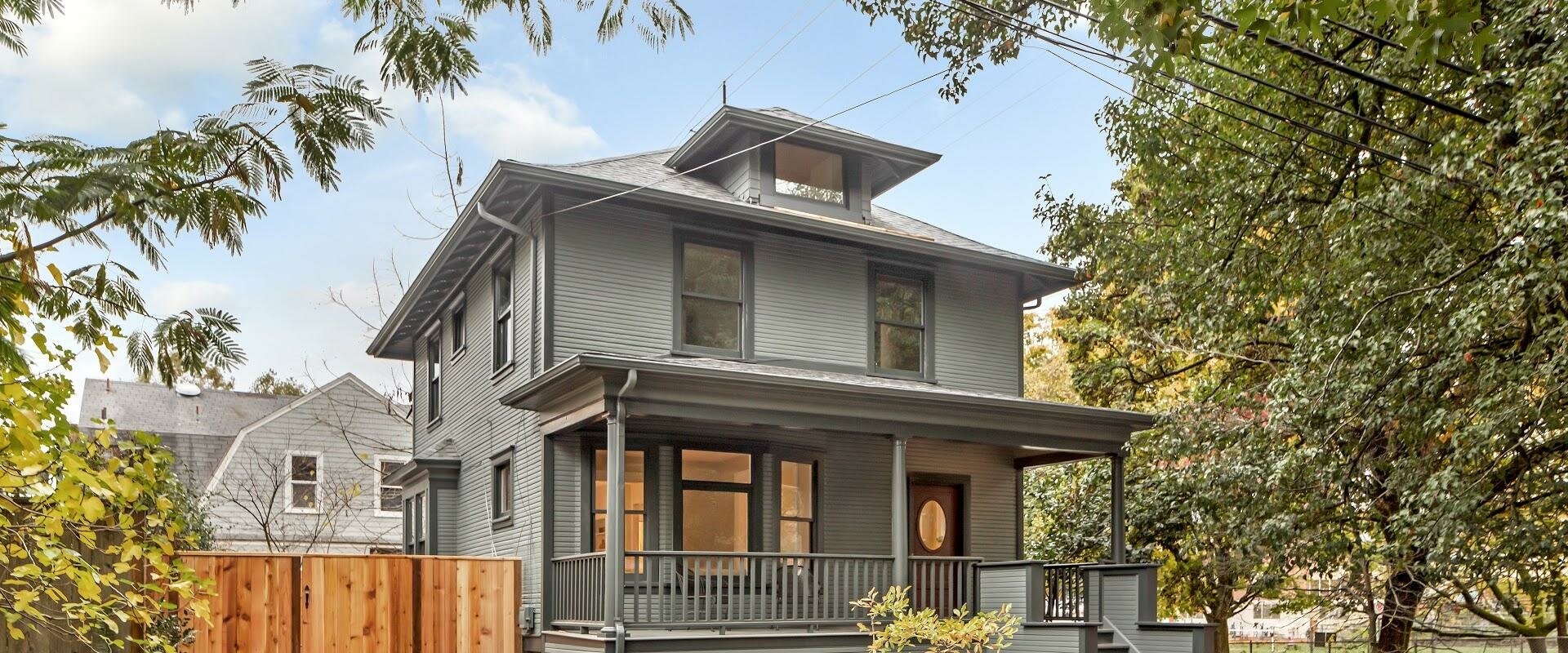In the world of real estate investing, there may be times when you find yourself responsible for two mortgages simultaneously in Seattle. This situation can arise either by choice—such as purchasing an investment property before selling your current home—or because your existing property hasn’t sold yet. Carrying dual mortgage payments can quickly become a significant financial strain if not managed carefully.
Fortunately, there are strategies you can implement to reduce the financial pressure and make handling two mortgages more manageable. Read on to discover practical tips and insights for navigating this common real estate challenge.
Plan Ahead as Much As Possible
Bridge Loans, 401k Advances & HELOC
If you need more cash to fund your real estate ambitions, you have a few options, but don’t rush into any of these without running all of the numbers. Speak with a trusted advisor before borrowing additional funds to float two mortgages.
- Bridge Loans: A bridge loan will, in essence, bridge the gap between the sale price of a new home, and your new mortgage. Typically, you do not have to begin making payments right away. This might make sense in some situations, but you can expect much higher interest rates than with a typical mortgage. In addition, you can expect lots of fees and costs: Administrative, escrow, title, notary, recording, appraisal, wirings fees, etc.
- 401k Advance: Taking out an advance on your 401k should always be done with caution. In some cases, you will be able to take out a loan against the 401k, which means you will be paying yourself back instead of a bank. Taking out an advance will incur severe tax penalties in addition to early withdrawal fees from your 401k administrator.
- HELOC: Or a home equity line of credit. This works similarly to a bridge loan, but at a lower rate. If you have equity in your home, you might be able to secure a line of credit against it. This means you will be able to borrow as needed, up to a certain amount. You can also look into a standard home equity loan, which will provide you funds in one lump sum.
Rent the Old Home
While it may seem like extra effort, renting out your current home temporarily can help offset costs while you wait for it to sell. Using it as a short-term or vacation rental can generate income to help cover your existing mortgage and other expenses.
Meanwhile, look for a small, budget-friendly rental for yourself during the transition period. In some cases, staying with family or friends while preparing your new property may also be a practical and cost-effective option. These strategies can reduce financial strain and make managing two properties in Seattle more feasible.
You Could Reconsider
Managing two mortgages at once is possible, but it requires careful planning and flexibility. If the numbers don’t add up, consider selling your current home first and staying in a short-term rental while you secure or prepare your next property.
Running the calculations beforehand ensures you understand the true financial impact and helps you avoid unnecessary stress. By taking the time to assess costs and potential savings, you can make informed decisions that protect your finances while navigating real estate transactions in Seattle.

